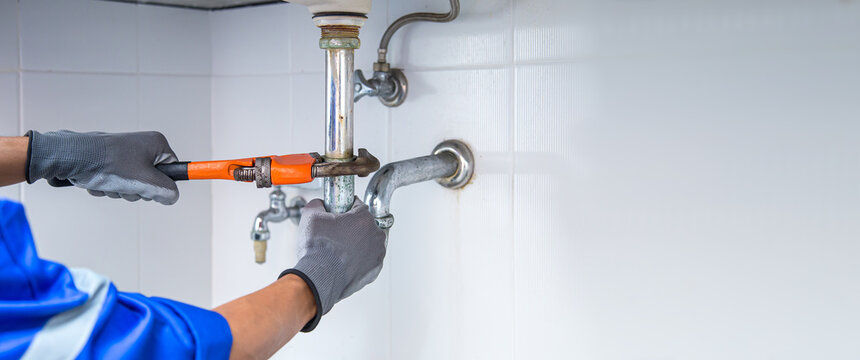How long does water damage restoration take? The answer may surprise you
- Nearly Services
- Nov 29, 2022
- 4 min read
Updated: Jan 3, 2023
Water damage restoration can take a surprisingly long time. Depending on the extent of the damage, it can take anywhere from a few days to a few weeks. This is because the process of repairing and restoring water damage is a meticulous one, and the professionals who do it take their time to do it right.
1. What factors affect how long water damage restoration takes?
There are several factors that can affect how long water damage restoration takes. The extent of the damage, the type of water, the type of materials affected, and the weather all play a role. Extent of damage is the primary factor. If the water has been standing for a long time, or if the building is structurally compromised, the restoration process will be much more difficult and take longer. The type of water also affects the process. Clean water (from a broken pipe, for example) is much easier to clean up than black water (sewage, for example). The type of materials affected also makes a difference. If the water is acidic or contains contaminants, it can corrode metal and other materials, making the cleanup process more difficult. And finally, the weather can also affect how long the restoration takes. If it is cold or wet outside, the process will take longer than if it is warm and dry.
2. What are some of the most common causes of water damage?
There are many potential causes of water damage in a home. Some of the most common are:
· A broken water pipe
· A leaky roof
· A malfunctioning dishwasher or washing machine
· Flooding from outside the home
If you experience water damage, it is important to take action as soon as possible. The longer you wait, the more damage will be done and the harder it will be to fix.
3. How can you minimize the damage caused by water?
There are a few things that you can do to minimize the damage caused by water. Firstly, make sure that you have a good watertight seal on all of your windows and doors. You can also install watertight seals around your basement door and windows. If you have a sump pump, make sure that it is in good working order and that the area around it is free of debris. You should also have a backup power supply for your sump pump in case of a power outage. If you live in a flood zone, you should have a flood insurance policy.
4. What are the most common restoration techniques?
There are a number of different restoration techniques that can be used to restore a painting. Some of the most common techniques include:
1. Cleaning the painting: This is the first step in any restoration process. The goal of cleaning is to remove any dirt, dust, or grime that has built up on the surface of the painting.
2. Repairing damage: Damaged areas of a painting need to be repaired before the painting can be restored. This may include restoring missing or damaged elements, filling in cracks or holes, and re-painting faded areas.
3. Retouching: Retouching is used to restore areas that have been damaged by time or exposure to light. Retouching can also be used to change the appearance of a painting, for example, to make it look more like the original.
4. Replacing lost paint: In some cases, the original paint on a painting may have been lost due to age or damage. In these cases, the painting must be repainted using the same type of paint that was originally used.
5. Restoring the frame: The frame of a painting can also be restored, if necessary. This may include repairing or replacing the frame, and re-gluing any loose or broken parts.
5. How long does it typically take to restore a water-damaged property?
It typically takes around two to three weeks for a water-damaged property to be fully restored. However, the length of time required for restoration may vary depending on the extent of the damage and the type of restoration work that is required.
6. What are some of the potential risks associated with water damage repair?
There are a few potential risks associated with water damage restoration service. First, the water may contain contaminants that can cause health problems. Second, the water may damage belongings or furniture. Third, the water may cause mold growth. Finally, the water may cause structural damage to the home.
7. How can you ensure that the restoration process is carried out safely and efficiently?
The first step in a safe and efficient restoration process is to create a plan. This plan should include a list of all the steps that will be taken, as well as the order in which they will be carried out. It is also important to identify the resources that will be needed, both human and material.
Once the plan is in place, it is important to communicate it to everyone involved. This includes the workers who will be carrying out the restoration, as well as the management team. Everyone involved should be aware of the risks and hazards associated with the project, as well as the safety procedures that need to be followed.
In order to ensure that the restoration process is carried out safely and efficiently, it is important to have a dedicated team in place to manage it. This team should be responsible for overseeing the project, ensuring that all the steps are followed and that the safety protocols are followed.







Comments